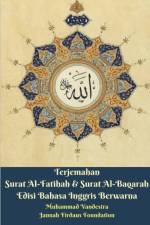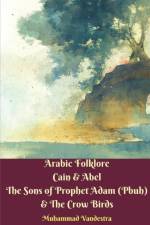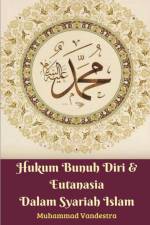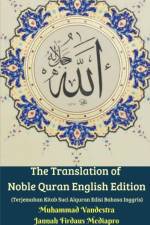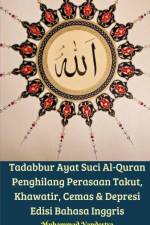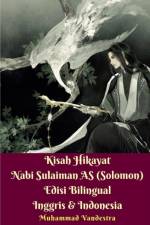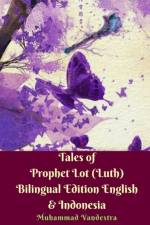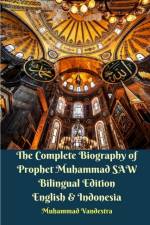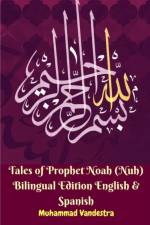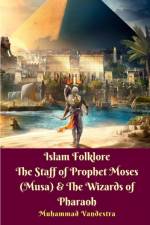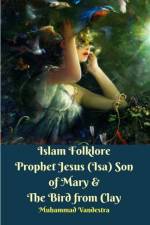von Muhammad Vandestra
16,00 €
The word wicca comes from the Saxon root wicce, loosely translated as "wise" or "to bend or shape the unseen forces." Wicca is the largest of the Neopagan religions which are reconstructions of ancient abandoned pagan belief systems, including Celtic, Egyptian, Greek, Norse, Roman, and other traditions. Thus as an earth-centered religion, Wicca's origins predate Judaism, Christianity, Islam, Buddhism, and Hinduism. Wicca could be termed one of the oldest religions in the world; on the other hand it could be called one of the newest since Wicca, as we know it today, is a recently created, earth-centered, Neopagan religion that can be traced back to Gardnerian Witchcraft which was founded in the United Kingdom during the late 1940s. A good general rule is that most Wiccans are Neopagans but not all Neopagans are Wiccans.Some Wiccans recognize a single supreme being sometimes referred to as "The One" or "The All", who has female and male aspects referred to as the 'Goddess and God'. Others practice Wicca by recognising the existence of many ancient gods and goddesses, including but certainly not limited to: Aphrodite, Artemis, Briget, Diana, Dionysius, Fergus, Hecate, Isis, Pan, Thor, etc. Wicca has also been called atheistic (no belief in a deity or deities). Some Wiccans view the Goddess and God as symbols, not as living entities. Thus many Wiccan might be considered Atheists. Because Wiccans worship nature and nature goddesses and gods, they could also be called pantheists.What exactly is Satanism? The Google dictionary defines it as, "The worship of Satan, typically involving a travesty of Christian symbols and practices, such as placing a cross upside down.






